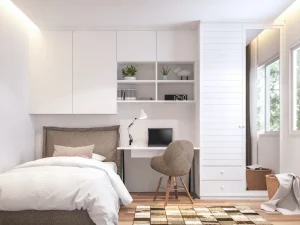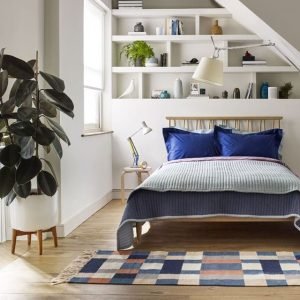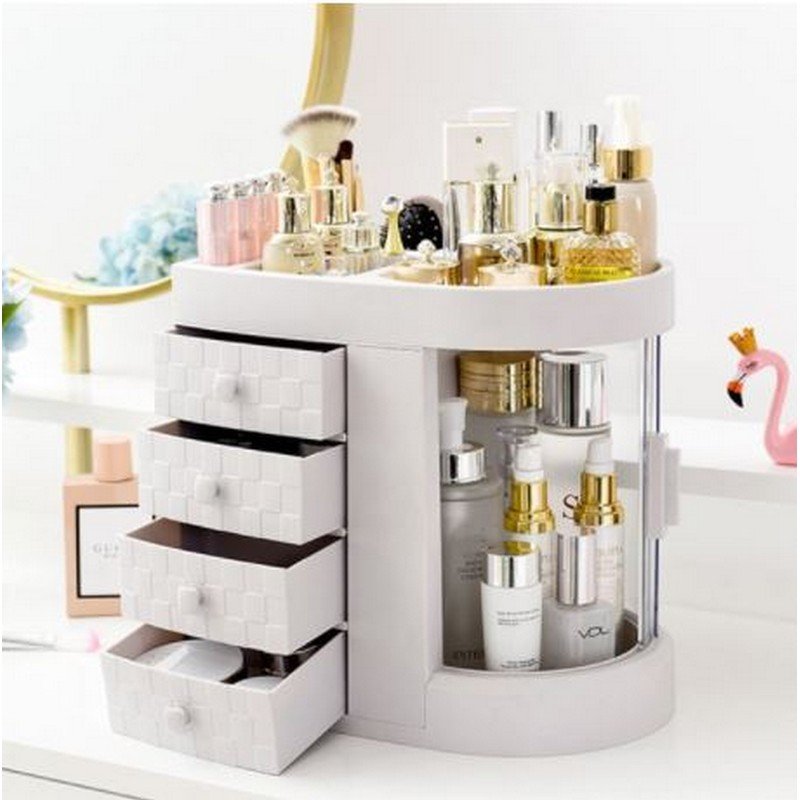
How to design small bedroom
admin
- 0
In the world of interior design, small bedrooms can often present a unique challenge. Limited space requires careful planning and strategic design choices to create a functional and visually appealing room. But fear not! With the right techniques and a bit of creativity, you can transform even the tiniest bedroom into a cozy sanctuary that maximizes every inch of space. Whether you’re working with an awkward layout or simply looking to optimize storage solutions, this article will guide you through the essential steps to design a small bedroom that is both stylish and practical. So let’s dive in and unlock the secrets to making the most out of your petite sleeping quarters!
Why small bedrooms require unique design strategies
Small bedrooms present a unique challenge when it comes to design. With limited space, it can be difficult to create a functional and stylish environment. However, with the right strategies, small bedrooms can actually be transformed into cozy and inviting spaces.
One key strategy for designing small bedrooms is maximizing storage options. In a smaller room, every inch of space counts, so incorporating clever storage solutions is essential. Consider utilizing under-bed storage bins or choosing furniture pieces that come with built-in drawers or shelves. This not only helps keep clutter at bay but also maximizes the use of available space. In addition to storage considerations, lighting also plays an important role in small bedrooms. Since natural light may be limited in smaller spaces, it’s essential to make the most of artificial lighting fixtures. Opt for wall-mounted lights or pendant lights instead of using bedside table lamps that take up valuable surface area. Utilizing mirrors strategically can also help amplify the presence of natural light and give an illusion of a larger space.

Assessing the space: Maximizing functionality and storage
Assessing the space in a small bedroom is crucial to maximizing functionality and storage. One way to do this is by taking advantage of vertical space. Installing floating shelves or wall-mounted storage units can free up floor space while providing ample room for books, decorations, and other essentials. Another option is to invest in multipurpose furniture, such as a bed with built-in drawers or a desk that can double as a vanity. These smart solutions allow you to make the most of every inch in your small bedroom.
Another aspect to consider when assessing the space is the layout of the room. Placing furniture strategically can create a sense of openness and maximize storage opportunities. For example, positioning the bed against a wall with shelving units on either side not only offers additional storage but also creates an inviting focal point for the room. Additionally, utilizing under-bed storage bins or boxes can help keep belongings organized and out of sight while optimizing limited space. Taking these steps towards maximizing functionality and storage will allow you to transform your small bedroom into a cozy retreat where everything has its place without sacrificing style or comfort.
Choosing the right color scheme and lighting
When it comes to designing a small bedroom, choosing the right color scheme and lighting can make all the difference. First and foremost, consider the size and layout of your space. Lighter colors such as whites, pastels, and neutrals can help create an illusion of openness and make your room appear larger. Avoid using dark colors that can make the space feel cramped. Additionally, incorporating mirrors strategically in your design can reflect natural light into the room, amplifying its brightness.
Lighting is another crucial factor to consider when designing a small bedroom. Natural light should be maximized whenever possible by choosing sheer curtains or blinds that allow sunlight to stream through easily. However, it’s equally important to have functional artificial lighting for evenings or darker areas of the room. Opt for overhead fixtures or sconces to provide general illumination, while task lighting – like bedside lamps or reading lights – will create specific zones for activities such as reading or working.

Selecting furniture that fits the size and style
When it comes to designing a small bedroom, selecting furniture that fits both the size and style of the space is crucial. In this blog section, we will explore some key considerations to keep in mind when choosing furniture for your compact sleeping haven.
Firstly, opt for multi-functional pieces that can serve multiple purposes. For example, a bed with built-in storage drawers or shelves can provide much-needed space to stow away extra linens or clothing items. Similarly, a nightstand with a pull-out desk can double as a workspace during the day. By maximizing functionality, you can make the most out of limited square footage.
In addition to functionality, consider the visual impact of your furniture selection. Choose pieces that complement each other in terms of scale and color palette. Opting for furniture with clean lines and minimalistic design can help create an illusion of spaciousness in your small bedroom. Moreover, lighter colors tend to make a room appear larger and brighter. Remember that furniture selection is not just about finding what fits physically but also about finding what fits aesthetically within the overall style you want to achieve in your small bedroom sanctuary. So take your time exploring different options and think creatively about how each piece will contribute to creating an inviting and harmonious atmosphere within this limited space.
Conclusion: Creating a stylish and functional small bedroom
In conclusion, creating a stylish and functional small bedroom is all about maximizing the available space while incorporating aesthetically pleasing elements. One way to achieve this is by opting for multi-purpose furniture, such as a bed with built-in storage or a desk that can double as a vanity. These versatile pieces not only help in keeping the room organized but also add an element of style and functionality.
Another aspect to consider when designing a small bedroom is the use of color and lighting. Lighter shades tend to make a space appear larger, so opt for soft pastels or neutral hues on the walls and curtains. Additionally, ensure that there are ample sources of natural and artificial light in the room to create an open and bright atmosphere. Lastly, don’t forget to incorporate your personal style into the design of your small bedroom. Whether it’s through artwork on the walls, decorative pillows with vibrant patterns, or unique accessories like vintage lamps or colorful rugs, adding these personal touches will make your space feel truly captivating and reflective of your personality.

